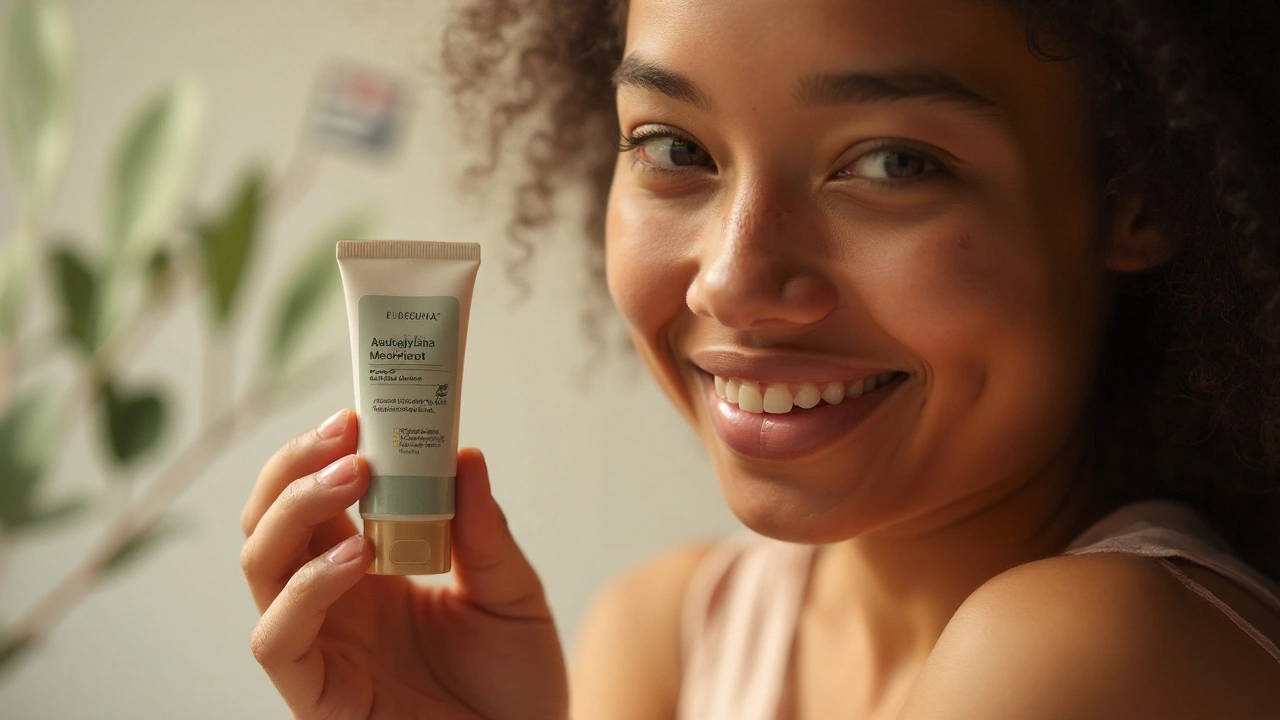Eczema Treatment: Simple Remedies and Practical Tips
If you’ve ever dealt with red, itchy patches on your skin, you know how frustrating eczema can be. The good news is there are lots of ways to calm the flare‑ups without spending hours searching the internet. Below you’ll find a mix of everyday habits, over‑the‑counter options, and a few natural tricks that work for most people.
Everyday Skin‑Care Habits That Make a Difference
First things first: keep your skin moisturized. A thick, fragrance‑free cream or ointment applied right after a shower locks in water and creates a barrier against irritants. Look for products that list “petrolatum” or “ceramides” near the top of the ingredients list. You don’t need an expensive brand – the cheaper options work just as well if they’re plain and thick.
Second, watch your water temperature. Hot showers feel great, but they strip natural oils and can trigger itching. Aim for lukewarm water and keep showers short – five minutes is enough to clean without drying out the skin.
Third, be picky about fabrics. Rough materials like wool can rub against eczema patches and make them worse. Soft, breathable fabrics such as cotton are gentler and let the skin breathe.
Quick Over‑the‑Counter Fixes
When a flare‑up hits, topical steroids are the most common go‑to. Hydrocortisone 1% cream or ointment is safe for mild to moderate patches and can be bought without a script. Apply a thin layer to the affected area two to three times a day until the redness eases. If the skin is very thick or you’ve had eczema for years, stronger prescription steroids may be needed – talk to a pharmacist or doctor about the right strength.
For itching that won’t quit, try an oral antihistamine like diphenhydramine (Benadryl) at night. It won’t cure eczema, but it can help you sleep while the skin heals. Non‑sedating options such as cetirizine work too, especially if you need daytime relief.
Another handy product is a barrier ointment that contains zinc oxide or dimethicone. These create a protective film over the skin, keeping water out and irritants at bay. Use them after moisturizing, especially on hands that get washed a lot.
Natural Add‑Ons Worth Trying
Some people find relief with natural oils. Coconut oil, sunflower seed oil, and olive oil can be used as moisturizers because they’re rich in fatty acids that repair the skin barrier. Apply a small amount after a bath and seal it in with a cream for extra protection.
Colloidal oatmeal baths are another easy trick. Add a cup of plain oatmeal to warm water, soak for 10‑15 minutes, then pat dry and moisturize. The oatmeal soothes itching and reduces inflammation without any chemicals.
If you’re up for it, a daily probiotic can support overall skin health. Some studies suggest that a healthy gut helps reduce eczema severity, so a simple yogurt or a capsule may be a useful addition.
Remember, what works for one person may not work for another. Keep a short diary of the products you try, the weather, and any changes in diet. Over time you’ll spot patterns and know which tricks are worth keeping.
Eczema doesn’t have to control your life. With the right mix of moisturizers, gentle habits, and a few over‑the‑counter or natural aids, you can keep flare‑ups mild and get back to enjoying your day. If symptoms stay stubborn, schedule a quick visit with a dermatologist – they can tailor a treatment plan that fits your skin’s needs.

Eukroma Cream Review 2025: Benefits, Usage & Buying Guide
A deep dive into Eukroma Cream - what it does, how to use it safely, price points, where to buy in Australia, and top alternatives for skin relief.
Read More